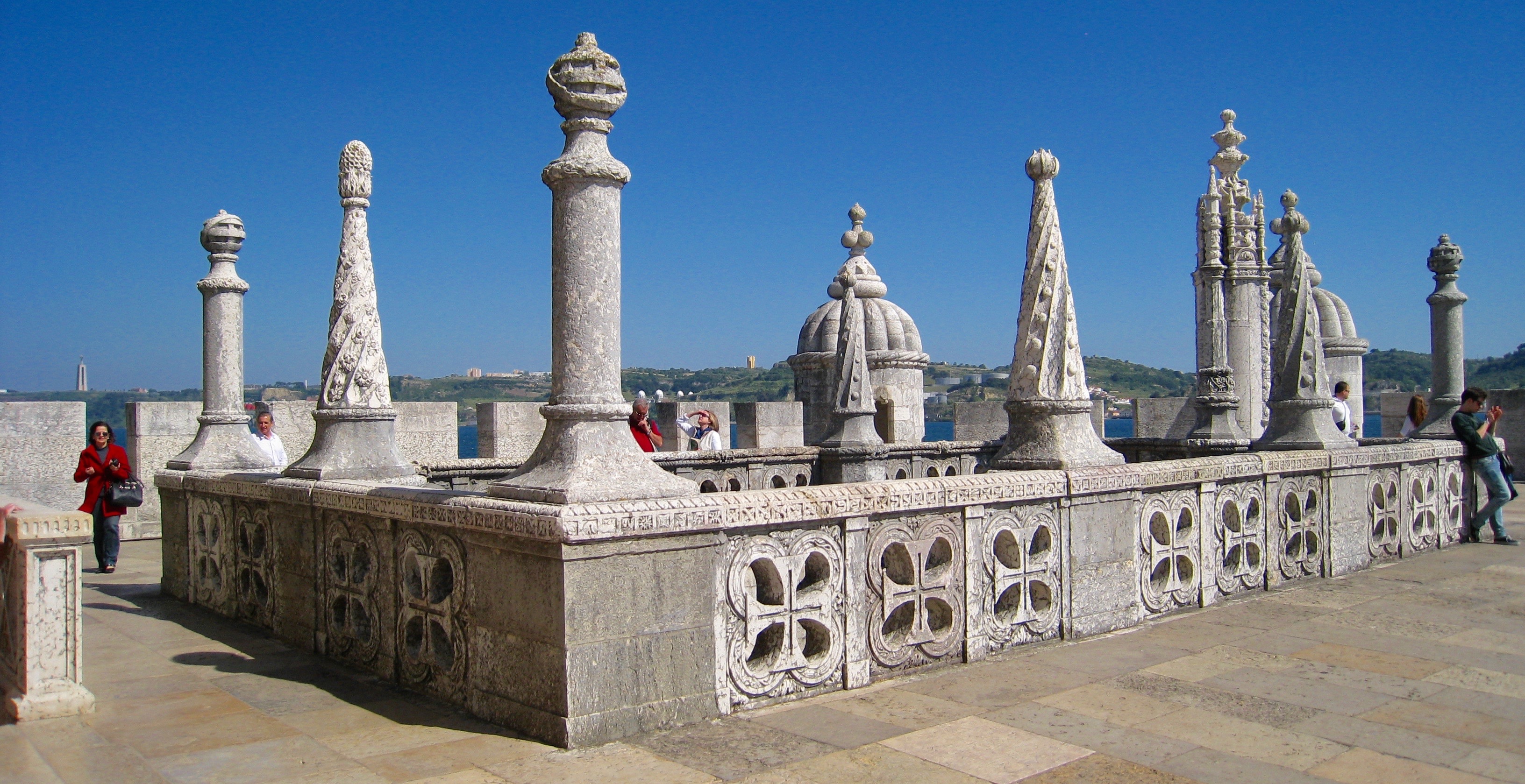
On our last day in Monte Carlo, we were packing when I heard a low rumble, which grew louder and louder. Having experienced my share of earthquakes, I paused to listen but felt no movement, so I slid open the glass door in our room and stepped onto the balcony. In a few seconds, Dave joined me. The steady vibration intensified and seemed to be coming from the Formula 1 pits near the harbor. We assumed the drivers were test-firing their engines until the noise became almost deafening. Then to our delight, one race car after the other came roaring down Princess Grace Avenue in front of our hotel. Hearing and seeing the Formula 1 cars in action…now I was hooked on Grand Prix racing. I was sorry we weren’t staying for the race, but we had a plane to catch.
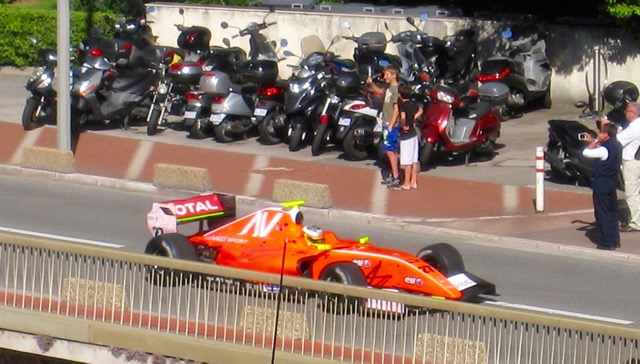
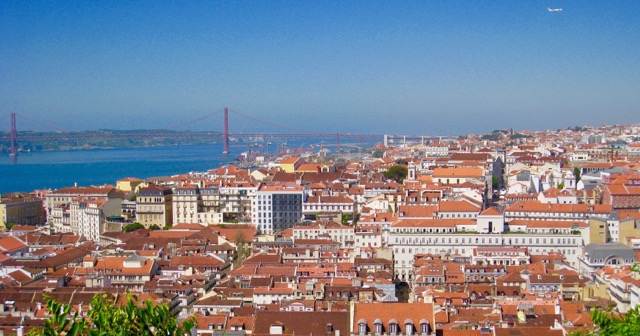
On the drive into Belém, we crossed a bridge that looked remarkably like the Golden Gate Bridge in San Francisco, and I commented on this to our driver. The 25 de Abril Bridge, which connects Lisbon to Alamada, was built by the American Bridge Company, the same firm that constructed the San Francisco-Oakland Bay Bridge, but not the Golden Gate Bridge. The upper deck has six car lanes, while the lower deck carries two electric trains. The name “25 de Abril” commemorates the Carnation Revolution, a military coup that overthrew the regime of Estado Novo on April 25, 1974. The “Carnation” in the name refers to no shots being fired during the unrest.
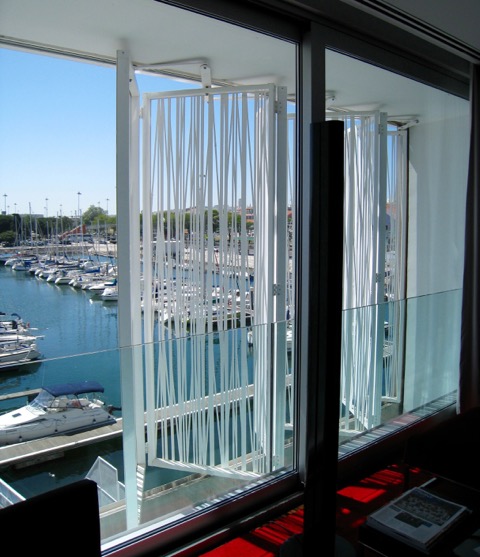
As a waning sun sneaked into our room, I found the button for the electronic curtains as well as a remote control for a series of white metal shutters. Not only were the shutters an architectural feature, but they also served a purpose: filtering the bright sunlight. They ran along the outside of the entire building, anywhere a window was located. Quite intrigued by this design, I paused from unpacking to play with the system. During the day, it afforded enough privacy to forgo the curtains.
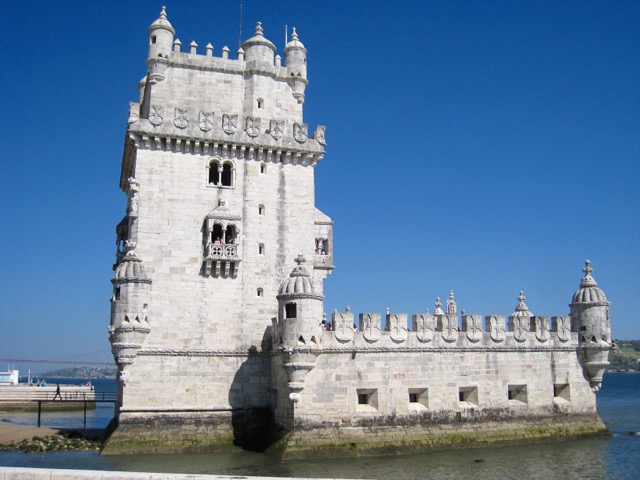
The tower was built on the Tagus as part of a larger defense bulwark and completed in 1521. The architectural style is referred to as


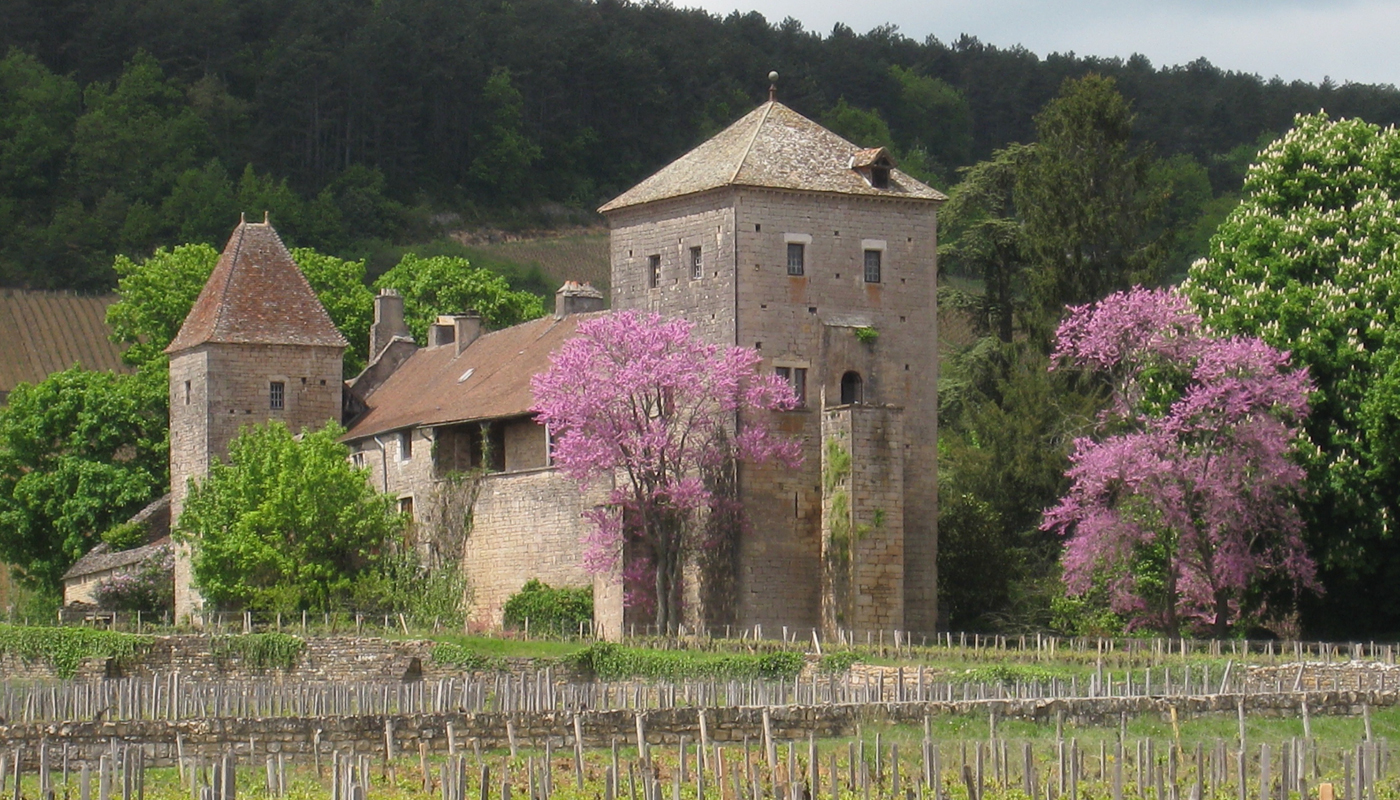
 Our first stop in the Côte de Nuits was the Clos de Vougeot, a wall-enclosed vineyard (clos) with a 125 acres under vine. It is the largest single vineyard in the Côte de Nuits that’s entitled to the grand cru designation; a wine of the most superior grade. The vineyard, like so many in the region, was created by the Cistercian monks. The land was either purchased or donated. In 1336 a wall was built around the vineyard, and in 1551 a château was added. During the French Revolution, all vineyard possessions were confiscated and sold to private buyers. In 1818 the château and vineyards were purchased by Julien-Jules Ouvrard and remained a monopole until his death. A monopole (monopoly in French) is an area controlled by a single winery and can be as small as a vineyard or as large as an entire appellation. An appellation is a legally defined and protected geographical indication used to identify where the grapes for a wine were grown. Also note that, unlike in most of the world’s vineyards, single ownership is rare in Burgundy.
Our first stop in the Côte de Nuits was the Clos de Vougeot, a wall-enclosed vineyard (clos) with a 125 acres under vine. It is the largest single vineyard in the Côte de Nuits that’s entitled to the grand cru designation; a wine of the most superior grade. The vineyard, like so many in the region, was created by the Cistercian monks. The land was either purchased or donated. In 1336 a wall was built around the vineyard, and in 1551 a château was added. During the French Revolution, all vineyard possessions were confiscated and sold to private buyers. In 1818 the château and vineyards were purchased by Julien-Jules Ouvrard and remained a monopole until his death. A monopole (monopoly in French) is an area controlled by a single winery and can be as small as a vineyard or as large as an entire appellation. An appellation is a legally defined and protected geographical indication used to identify where the grapes for a wine were grown. Also note that, unlike in most of the world’s vineyards, single ownership is rare in Burgundy.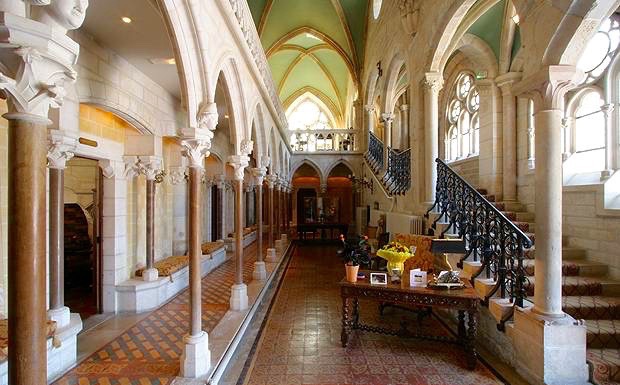 Late in the afternoon our guide dropped us at our hotel, and we immediately prepared for our drive from Beaune back to Dijon, about a fifty-minute trip, as we had dinner reservations at Abbaye de la Bussière. As we wound our way through the Ouche valley, the countryside picturesque and unspoiled, we were glad we had our GPS to guide us. We turned onto one, then another country crossroad and kept going until I was certain we were hopelessly lost, but we soon spotted the Burgundy Canal and knew we were on course. We followed the river, and before long there appeared before us a grand gateway. The drive curved past willow trees and a duck pond, and Shetland ponies grazed on the grass. We parked and were escorted into a main hall.
Late in the afternoon our guide dropped us at our hotel, and we immediately prepared for our drive from Beaune back to Dijon, about a fifty-minute trip, as we had dinner reservations at Abbaye de la Bussière. As we wound our way through the Ouche valley, the countryside picturesque and unspoiled, we were glad we had our GPS to guide us. We turned onto one, then another country crossroad and kept going until I was certain we were hopelessly lost, but we soon spotted the Burgundy Canal and knew we were on course. We followed the river, and before long there appeared before us a grand gateway. The drive curved past willow trees and a duck pond, and Shetland ponies grazed on the grass. We parked and were escorted into a main hall. Abbaye de la Bussière is a Cistercian monastery built in 1131 by Stephen Harding, an Englishman, of the Cistercian Order at Cîteaux. Following the French Revolution, the monks were expelled and the property sold at auction. It remained in private hands until it was returned to the Catholic church in 1921 to serve as a spiritual retreat. In decline and decay, the church decided to sell the abbey in 2005. Today it is owned by the Cummings family and is an exclusive boutique hotel set on fifteen acres of parkland with a lake and a botanical garden. The abbey is surrounded by historic vineyards, Gevrey-Chambertin being one of them. There are sixteen guest rooms, all lavishly decorated, and fine dining is in the main abbey building, a cathedral-like setting with honey-colored stonework, traceries, ornate staircases, and stained glass windows that cast soft turquoise light on the vaulted ceilings and walls.
Abbaye de la Bussière is a Cistercian monastery built in 1131 by Stephen Harding, an Englishman, of the Cistercian Order at Cîteaux. Following the French Revolution, the monks were expelled and the property sold at auction. It remained in private hands until it was returned to the Catholic church in 1921 to serve as a spiritual retreat. In decline and decay, the church decided to sell the abbey in 2005. Today it is owned by the Cummings family and is an exclusive boutique hotel set on fifteen acres of parkland with a lake and a botanical garden. The abbey is surrounded by historic vineyards, Gevrey-Chambertin being one of them. There are sixteen guest rooms, all lavishly decorated, and fine dining is in the main abbey building, a cathedral-like setting with honey-colored stonework, traceries, ornate staircases, and stained glass windows that cast soft turquoise light on the vaulted ceilings and walls.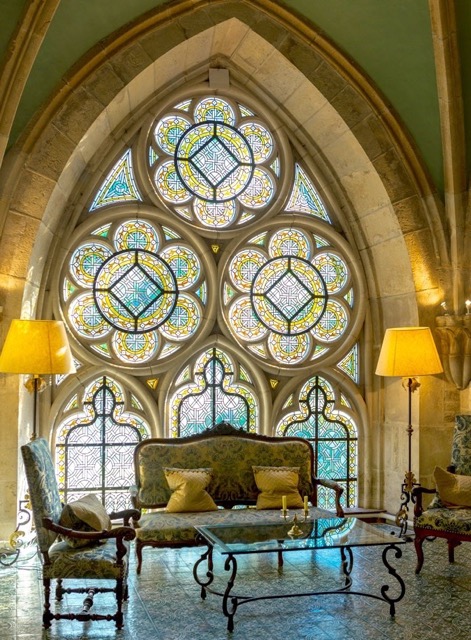
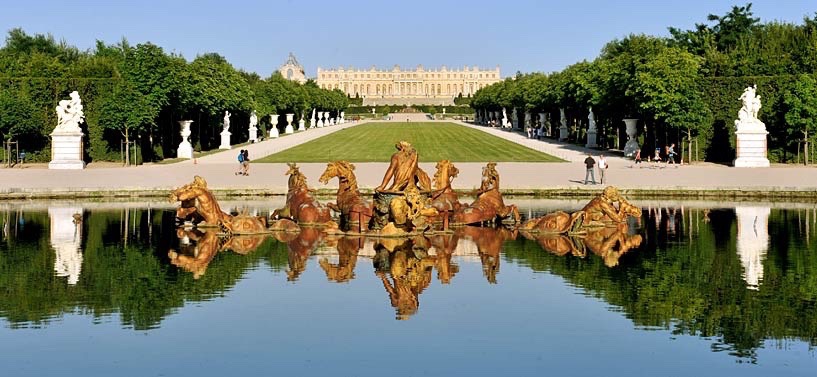
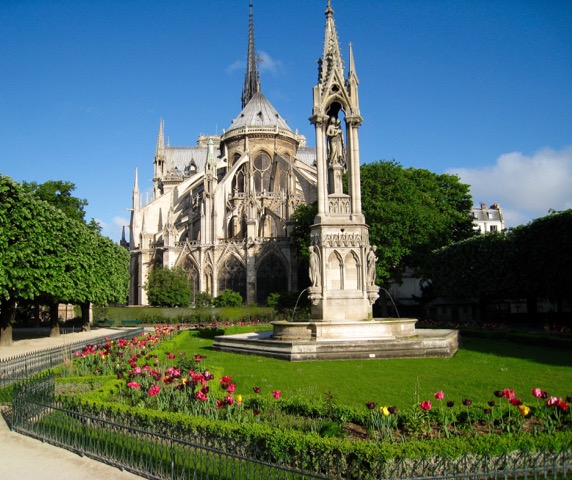 Equally inspiring are the church bells, four of which sit atop the northern tower and have rung every fifteen minutes since 1856. During the revolution, between 1791 to 1792, previous Notre Dame bells were taken down, broken, and melted down. Fortunately, the great bell Emmanuel, the masterpiece of the group, was spared. It sits at the top of the south tower, remaining one of the most beautiful “sound vessels” in Europe.
Equally inspiring are the church bells, four of which sit atop the northern tower and have rung every fifteen minutes since 1856. During the revolution, between 1791 to 1792, previous Notre Dame bells were taken down, broken, and melted down. Fortunately, the great bell Emmanuel, the masterpiece of the group, was spared. It sits at the top of the south tower, remaining one of the most beautiful “sound vessels” in Europe.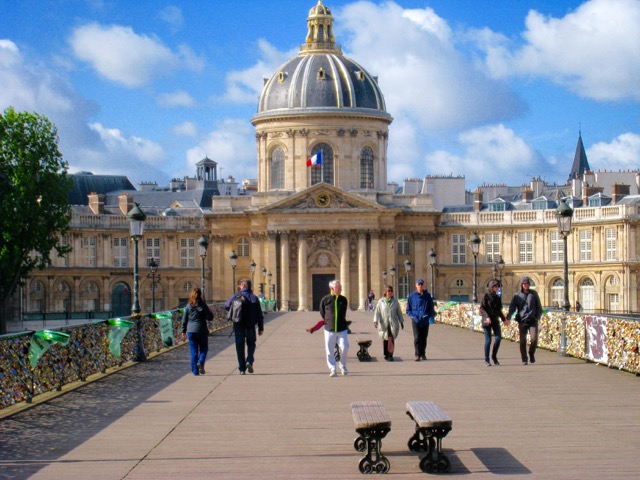 With these words still ringing in my ears—or perhaps the sound of pealing bells—we headed to the Pont des Arts, a pedestrian bridge linking the Louvre to the south bank of the river. Over the years, it became a tradition for lovebirds to mark their initials on a padlock and hook it to the bridge’s railings, throwing the key into the Seine to symbolize a passionate bond that could never be broken. So popular had the pastime become that the weight of the padlocks, estimated at over forty-five tons, had caused serious structural damage to the bridge, even collapsing a section of railing. On June 1, 2015, workers began cutting and removing the lock-laden railings. The over 22,000 padlocks are now considered scrap metal and will probably be recycled in some fashion, and the wire mesh panels will eventually be replaced with Perspex. We were fortunate to have the opportunity to photograph the bridge with its padlocks clamped tightly in place. And no, we did not add to the already distressed bridge.
With these words still ringing in my ears—or perhaps the sound of pealing bells—we headed to the Pont des Arts, a pedestrian bridge linking the Louvre to the south bank of the river. Over the years, it became a tradition for lovebirds to mark their initials on a padlock and hook it to the bridge’s railings, throwing the key into the Seine to symbolize a passionate bond that could never be broken. So popular had the pastime become that the weight of the padlocks, estimated at over forty-five tons, had caused serious structural damage to the bridge, even collapsing a section of railing. On June 1, 2015, workers began cutting and removing the lock-laden railings. The over 22,000 padlocks are now considered scrap metal and will probably be recycled in some fashion, and the wire mesh panels will eventually be replaced with Perspex. We were fortunate to have the opportunity to photograph the bridge with its padlocks clamped tightly in place. And no, we did not add to the already distressed bridge.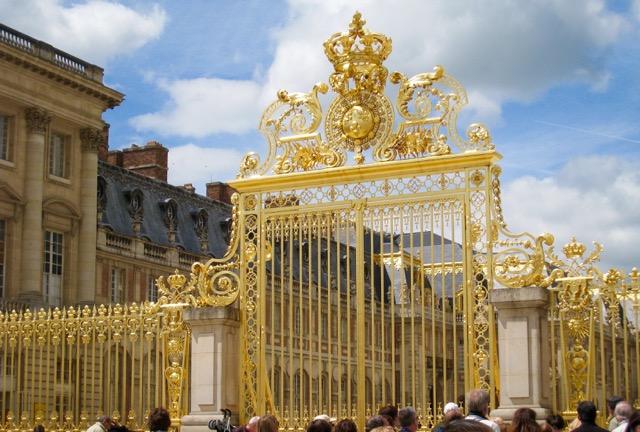 An hour later, after a leisurely walk along the Seine, we ducked into the first metro/RER station we came to, bought tickets, and boarded the train for Versailles-Château–Rive Gauche, the last station on the line. When we arrived at our destination, it was a short five-minute walk to the château, where we would meet our guide. Normally, we favor self-guided tours, but this time we decided to “skip the line” and take a guided tour.
An hour later, after a leisurely walk along the Seine, we ducked into the first metro/RER station we came to, bought tickets, and boarded the train for Versailles-Château–Rive Gauche, the last station on the line. When we arrived at our destination, it was a short five-minute walk to the château, where we would meet our guide. Normally, we favor self-guided tours, but this time we decided to “skip the line” and take a guided tour.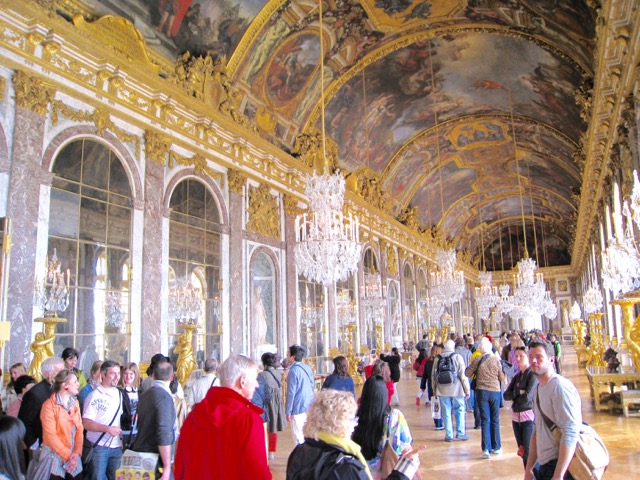 Maria Antonia was the fifteenth daughter of Maria Teresa, Empress of Austria of the Hapsburg house. At age fourteen she was married off to the crown prince of France, who became King Louis XVI in 1774; she became Marie Antoinette, Queen of France while still a teenager. At the time, France was the most powerful nation in continental Europe and the royal palace of Versailles the most opulent.
Maria Antonia was the fifteenth daughter of Maria Teresa, Empress of Austria of the Hapsburg house. At age fourteen she was married off to the crown prince of France, who became King Louis XVI in 1774; she became Marie Antoinette, Queen of France while still a teenager. At the time, France was the most powerful nation in continental Europe and the royal palace of Versailles the most opulent. She worked hard to restore royal authority and even sought aid from aboard, but in 1792 a republic was declared and the royal family imprisoned in the Temple fortress. And so began the Reign of Terror. In January 1793, Louis XVI was executed on the guillotine, and on October 16, 1793, Marie Antoinette met the same fate. The gruesome thought of these deaths vanished as I neared the Château de Versailles on foot and caught my first glimpse of the palace.
She worked hard to restore royal authority and even sought aid from aboard, but in 1792 a republic was declared and the royal family imprisoned in the Temple fortress. And so began the Reign of Terror. In January 1793, Louis XVI was executed on the guillotine, and on October 16, 1793, Marie Antoinette met the same fate. The gruesome thought of these deaths vanished as I neared the Château de Versailles on foot and caught my first glimpse of the palace.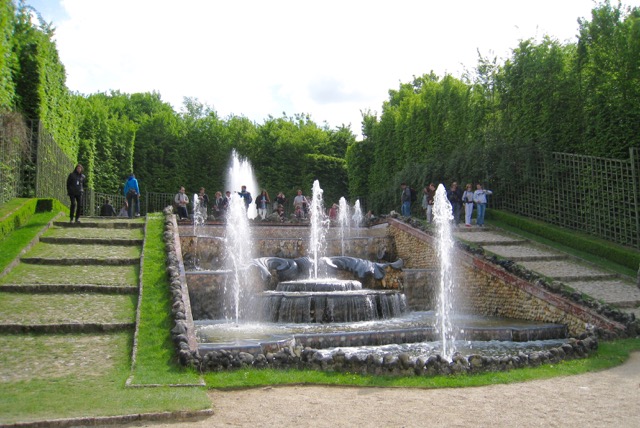 Photographing the Grand Trianon, “the little pink marble and porphyry palace with delightful gardens,” as our guide stated, I thought how ironic it was that Marie Antoinette, who so loved luxury, would seek refuge in her quaint hamlet in the countryside to play peasant. On the other hand, she was still surrounded by her royal comforts even on “the farm,” and I would soon see that its rustic exterior belied a luxurious interior. Yes, our next stop on the tour was Marie Antoinette’s estate, the fairy-tale village that was her private retreat from the rigors of conforming to court etiquette, and where no one could visit without her permission.
Photographing the Grand Trianon, “the little pink marble and porphyry palace with delightful gardens,” as our guide stated, I thought how ironic it was that Marie Antoinette, who so loved luxury, would seek refuge in her quaint hamlet in the countryside to play peasant. On the other hand, she was still surrounded by her royal comforts even on “the farm,” and I would soon see that its rustic exterior belied a luxurious interior. Yes, our next stop on the tour was Marie Antoinette’s estate, the fairy-tale village that was her private retreat from the rigors of conforming to court etiquette, and where no one could visit without her permission.